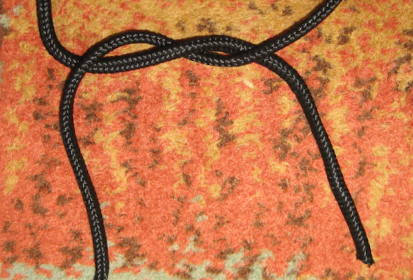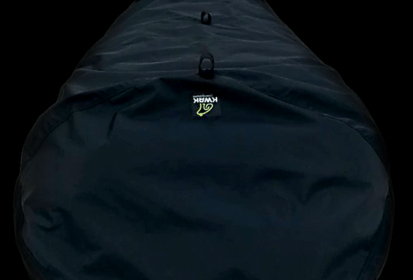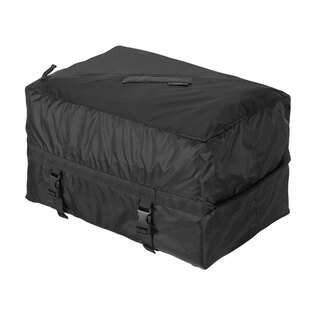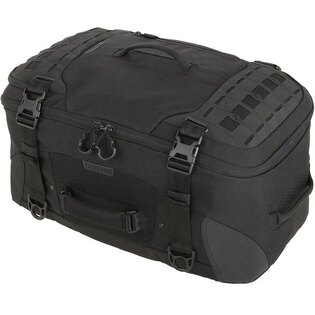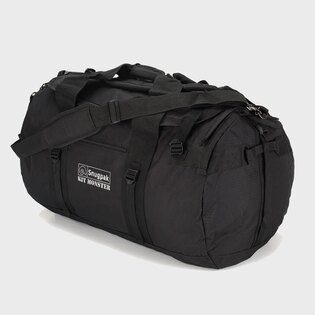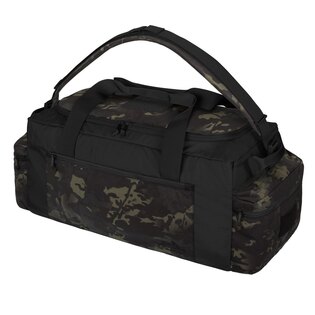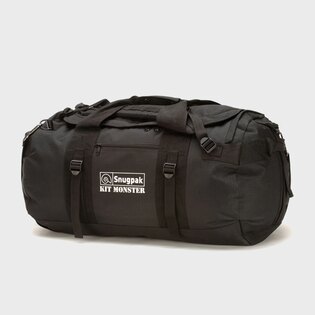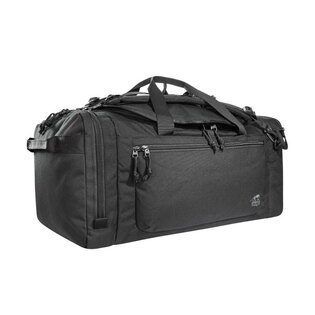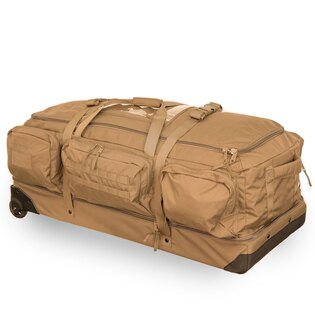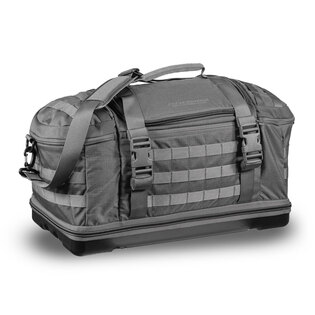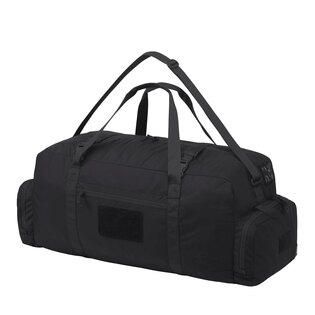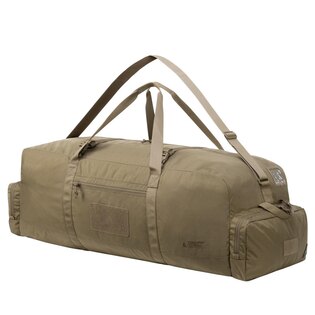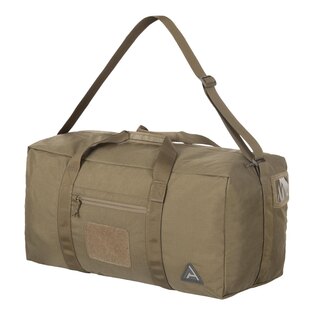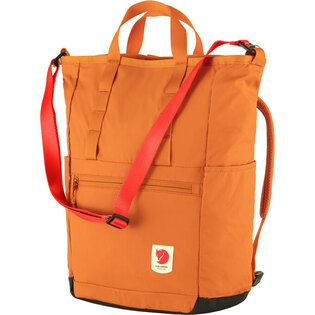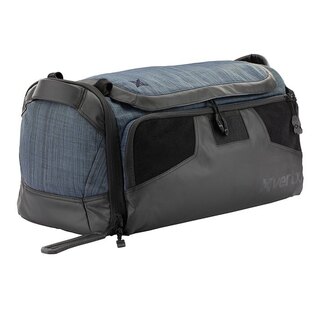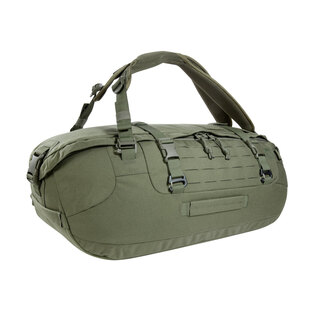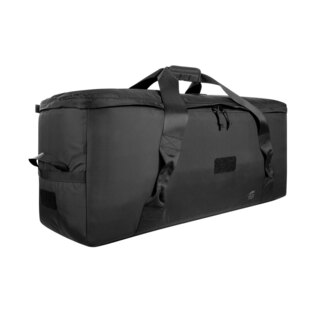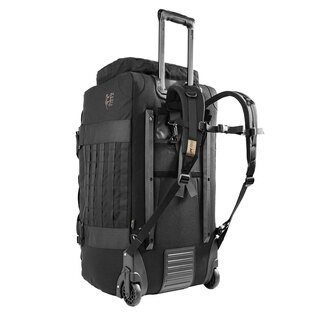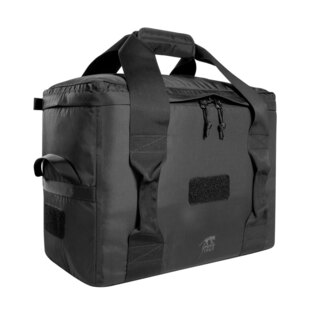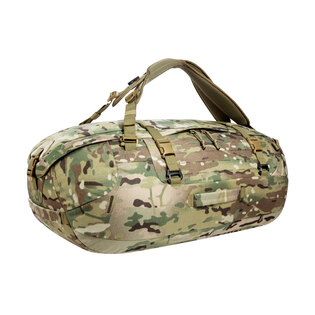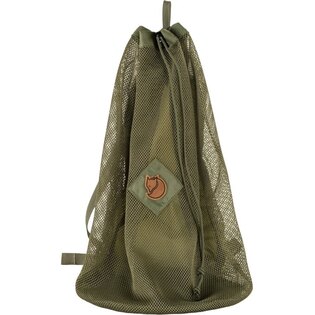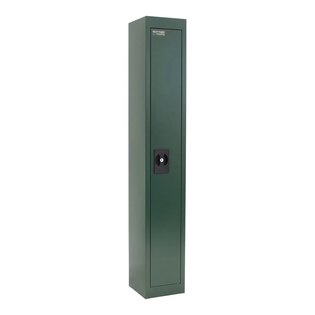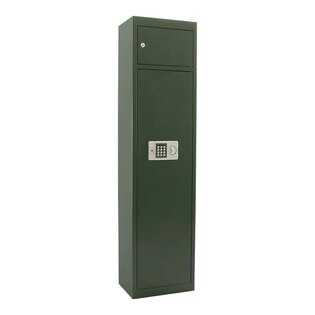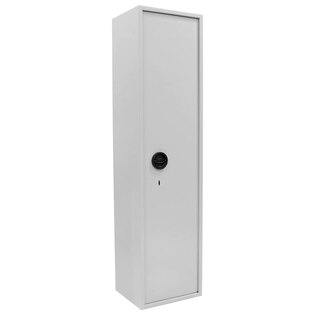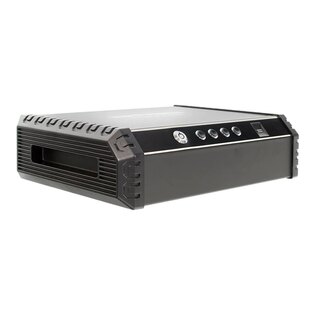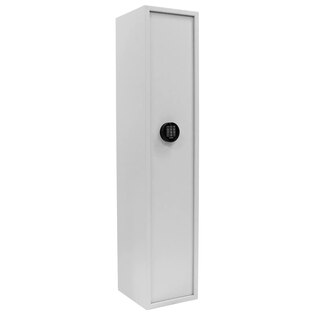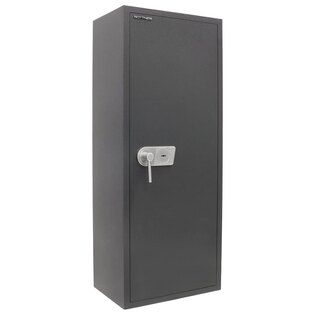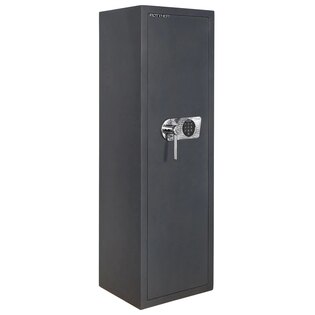Secure Your Home Before Vacation: A Practical Guide to Making Burglars’ Jobs Harder
When you're packing for a trip, it’s not just about what goes into your suitcase—it’s also about what you’re leaving behind. An unoccupied home is an easy target. This article offers a clear, practical overview of how to secure your property: from neighborhood cooperation to smart tech and mechanical security features that can significantly reduce the risk of a break-in.
How to Avoid Drawing Attention Before You Leave
Home security begins well before you lock the door behind you. In many cases, the biggest difference is made by small actions you take—or forget to take—days before departure.
Golden rule: Don’t broadcast that your house will be empty. Burglars look for easy, obvious targets—and a home that visibly appears vacant is one of the most tempting.
✅ Avoid discussing your trip in public. Telling friends is fine—but public posts on social media or loud packing in your front yard may attract attention from the wrong people. Save the vacation photos for after you return.
✅ Keep your departure low-key. Loud packing, full driveways, and a line of cars driving off together—these scream "we’re leaving." Act like you’re just heading out for a weekend.
✅ Maintain a lived-in appearance. An overflowing mailbox, shuttered windows for a week, and lights off every evening are all dead giveaways. If no one can check in (see below), use smart lights or bulbs with random timers.
📦 Clear Signs You're Not Home (and Burglars Will Notice)
- 📨 Overflowing mailbox: Flyers, letters, and ads piling up behind the door are a dead giveaway.
- 🪟 Blinds or curtains always closed: Windows kept dark day and night will look suspicious after a while.
- 🌱 Neglected exterior: An overgrown lawn, wilted plants, or messy driveway suggest no one's around.
- 🌃 No lights at night, no activity during the day: A home with zero signs of life quickly catches the eye of someone paying attention.
- 🚗 Car parked in the same spot for days: Flat tires or leaves building up under the wheels tell a story all their own.
Neighbor Help: The Most Underrated Security Measure
If you’ve got a good relationship with your neighbors, that’s a major advantage. While you’re away, they can play a vital role in keeping your home secure—just coordinate in advance and leave them a key.
🟠 What Can a Neighbor Do While You're Away?
✅ Collect the mail – an empty mailbox is one of the most obvious signs no one’s home.
✅ Water the plants – not just to keep them alive, but to show natural movement around the house.
✅ Open or close curtains occasionally – small variations that break the routine.
✅ Keep an eye on things – noticing unusual movement, strange lights, or an open gate before it’s too late.
They don’t have to do everything. Even a few small signs of human activity can convince a would-be intruder that someone’s around—and that might be enough to make them move on.
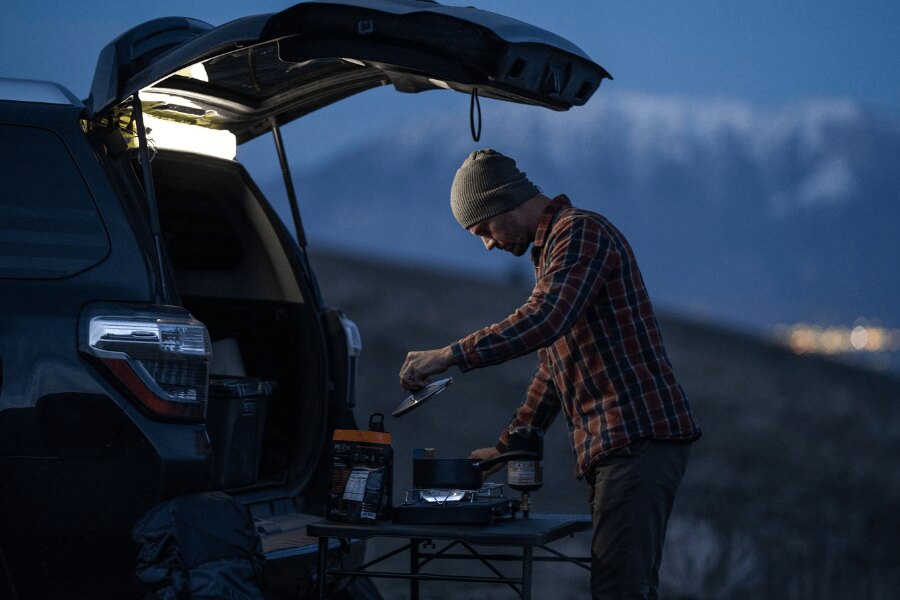
Even when you're off the grid, your smart home can keep things running. With remote access to lights and cameras, you’re always just a tap away from checking in.
Smart Devices as Your At-Home Watchdogs
No trusted neighbors nearby? No problem. You can now simulate a lived-in home using smart technology—remotely controlled from the beach or a cabin in the mountains.
🟠 What Helps?
✅ Smart plugs and bulbs
Connect them to Wi-Fi and control them through an app. Switch lights on and off at random, play the radio, or adjust brightness to avoid predictable routines.
✅ Smart timers
Old-school timer switches were easy to spot. Modern ones offer variable settings or full remote control—even while traveling.
✅ Security cameras with notifications
Today’s cameras can send real-time alerts when detecting suspicious activity—and smart algorithms can tell whether it’s a person, a cat, or just a swaying tree branch.
✅ Two-way communication
With built-in mics and speakers, you can speak directly to anyone at your door—be it a delivery person, a neighbor, or someone who shouldn’t be there.
All of these devices can be linked to your phone, allowing you to check in anytime—even from halfway around the world.

Today’s security cameras do more than record—they connect straight to your phone for real-time updates and peace of mind.
Mechanical Security: Locks, Films, and Physical Barriers
Smart tech is a great asset—but it shouldn’t be your only line of defense. You can’t rely on electronics 100%. Mechanical security is still the backbone of home protection—and works best when combined with modern devices.
🟠 What Makes Sense (and Why)?
✅ Window handle locks
Prevent windows from being opened from the outside—even if left ajar for ventilation. Discreet but effective.
✅ Certified door locks and cylinders
A quality front door lock is critical. Look for ones certified against picking and forced entry.
✅ Hinge bolts
Prevent doors from being pried open—even under force.
✅ Security window film
Even if glass breaks, the film holds it together—slowing intruders down and making more noise in the process.

Smart tech helps—but it’s physical protection that holds the line. Invest in solid locks and proven mechanical security.
Do you have your home insurance set correctly in case of a burglary?
Even the best locks and cameras can’t guarantee that someone won’t get inside. But when something does happen, what matters is whether you have everything well-covered financially. Properly set up home and property insurance can cover property damage, stolen equipment, and vandalism. And most importantly – it saves you unnecessary hassle, time, and stress upon your return.
🟠 Is Your Home Insurance Ready for a Break-In?
Even the best locks and cameras can't guarantee no one will get in. If that happens, financial protection is your next line of defense. Well-set-up home and property insurance can cover damage, stolen valuables, and vandalism—and save you time, money, and frustration after your return.
🟠 What to Check Before You Leave:
✅ Does your policy cover theft and vandalism?
Some policies only cover natural disasters or water damage. Burglary and intentional property damage aren’t always included by default.
✅ Have you declared your valuables and accurate household value?
Make sure your policy reflects the true value of your home and possessions—including new tech or high-value items.
✅ Are you meeting the insurer’s safety requirements?
Some policies require specific locks or security systems. If you don’t meet them, claims may be reduced or denied.
Take 15 minutes to review your policy before your trip. If anything’s unclear, contact your agent or visit a branch—it’s easier to fix it now than argue later.
Common Mistakes That Make It Easier for Burglars
Home security isn’t just about what you install—it’s also about what you do. Even small habits or oversights can open the door to thieves. Fortunately, most are entirely within your control.
⚠️ Ladder left out in the yard or against the house: Burglars often avoid the front door. A ladder left in plain sight is basically an invitation to access upper windows or balconies.
⚠️ Spare key “hidden in a safe spot”: Under the doormat, inside a flowerpot, behind a downspout—these hiding spots are old news to burglars. What feels like a safety net is really a risk.
⚠️ Dark, silent, and sealed up: A house with no visible movement for days stands out. Smart lighting, automatic blinds, or even a radio can make a big difference.
⚠️ Overflowing mailbox: Flyers, letters, or packages sticking out signal that nobody’s been home for a while.
⚠️ Neglected front yard or entryway: Uncut grass, empty planters, or general disarray send the message that the house is unattended—and burglars are fluent in those signs.
Final Checklist Before You Go
Protecting your home before vacation doesn’t require complicated systems or high costs. It’s all about combining simple preventive measures with reliable tools.
Check your window and door locks, set up smart lighting or timers, coordinate with neighbors, and confirm that your insurance really covers break-ins.
The goal isn’t to do everything—it’s to avoid giving burglars any extra advantage.
Readers are further interested
